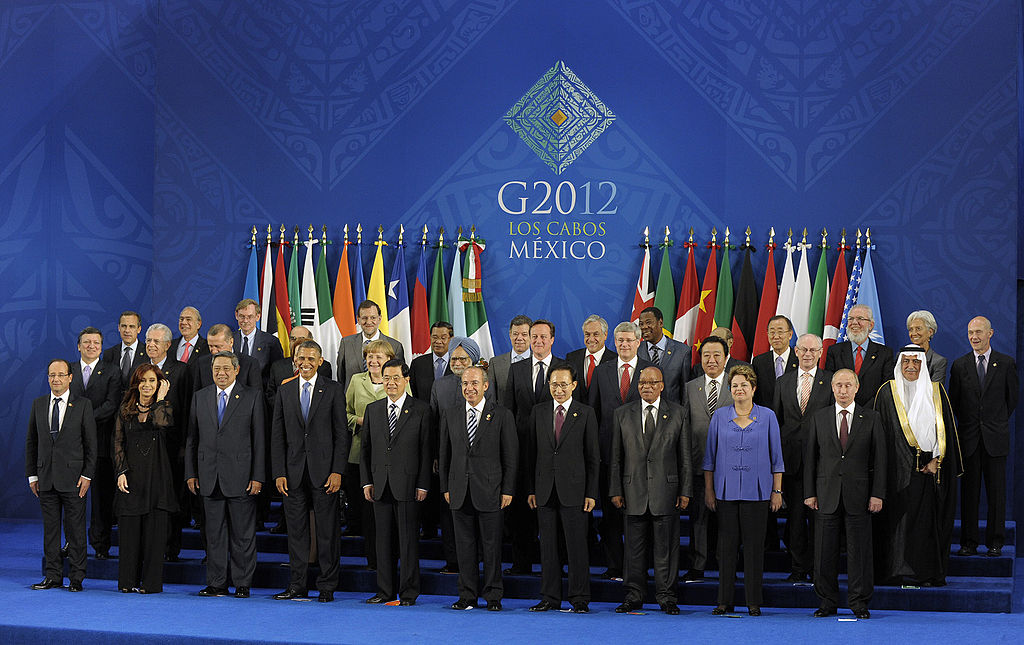G8 and G20 are two forums that consist of industrialized and developed countries. G8 includes the most economically powerful countries, while G20 is made up of major economies in the world. Although both groups consist of economic giants, there are some differences between the two forums.
What is G8?
G8 was established in 1975 at the behest of France and originally comprised France, Germany, Italy, Japan, the UK, and the US (G6). With Canada joining in 1976, the coalition became G7, and Russia joined in 1997, making it G8. Interestingly, the European Union is considered part of G8 but cannot host or chair any of the summits organized by G8. Ministers from the member nations meet regularly to discuss matters of mutual interest.
What is G20?
G20 is an informal group made up of 19 nations and the European Union, along with representatives from the International Monetary Fund (IMF) and the World Bank. It was established in 1997 at the suggestion of G7 to find solutions to the world financial crisis. G20 holds significant economic influence, with its economies making up 85% of the world’s gross national product and 80% of the world trade. Since the global financial crisis in 2008, G20 has played a greater role in resolving the crisis, leading to annual summits attended by finance ministers and central bank governors from the member countries.
Key Takeaways
- G8 was founded in 1975 and consists of the most economically powerful countries, while G20 was founded in 1997 and includes major economies from around the world.
- G8 focuses on discussing matters of international importance, while G20 primarily addresses international financial conditions and ways to remove roadblocks.
- Both G8 and G20 have no permanent organizational structure, with the presidency revolving among members; however, G20 has taken over G8 in terms of financial matters, but G8 still holds influence in discussing other matters such as health, education, trade, energy, and pollution.
